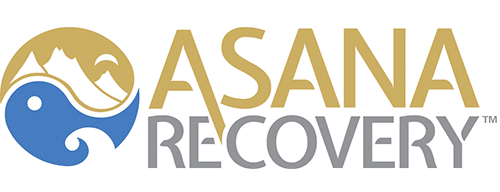The majority of people start out using prescription opioids for perfectly legal, legitimate reasons. These medications, which include oxycodone (Oxycontin), hydrocodone (Vicodin), codeine, and morphine, are effective painkillers and can relax the body. They are safe when taken for a short time, but can easily become addictive. Doctors prescribe opioids for a variety of ailments, including both acute and chronic pain. In the case of acute pain, such as after surgery or a broken bone, the prescription often lasts for only a few days. They are prescribed long-term for severe chronic pain, typically defined as pain that has persisted for at least three months. This might be due to a lingering injury or advanced arthritis. Opioids should not be your first choice for long-term pain management. After just five days of prescription opioid use, the likelihood that you’ll develop a long-term dependence on these drugs rises steeply.
Speak honestly with your doctor before you begin taking any prescription opioids. Make sure to tell them if you have a history of substance abuse, so they can safely monitor you during treatment. Make sure to follow the directions. Taking too much or taking a dose incorrectly (such as crushing pills and then injecting or sniffing them) can lead to severe side effects and overdose. Talk to your doctor about what substances you should avoid while taking an opioid. Combining opioids with alcohol, antihistamines, benzodiazepines (such as Xanax or Valium), muscle relaxants, or sleep aids can lead to dangerously slow breathing. If you have a history of depression or anxiety, opioid use – and especially withdrawal – can exacerbate these conditions.
Addiction can sneak up on you. Some people may simply be in denial, but it can also be difficult to distinguish the symptoms of chronic pain from withdrawal pain. According to anecdotal evidence from chronic pain patients, withdrawal from opioids can greatly increase pain in the original problem site.
If you find yourself taking more than the prescribed dose, taking pain medication even when you’re not in pain, or are experiencing sudden mood changes, these are all danger signs of addiction. Another indicator is “doctor shopping.” The Journal Of Emergency Medicine described this as patients who had prescriptions for Schedule II-V drugs (those with a high potential for abuse) filled by eight or more providers within one year. This frequently includes showing up in emergency rooms with claims of injury or sudden pain in an attempt to receive opioids. There has been a push recently to prevent this by allowing doctors to view information about a patient’s opioid use online.
At Asana Recovery, we have a detox program to assist you in getting the drugs out of your system as comfortably and safely as possible. We also offer both residential and outpatient programs that provide education, counseling, and therapy. Our consulting physicians specialize in addiction and behavioral health, and our counselors and therapists are certified and licensed. Asana Recovery is accredited by the Commission of Accreditation of Rehabilitation Facilities, which means you’ll receive the best care possible. Call us at (949) 438-4504 to find out how we can help.



